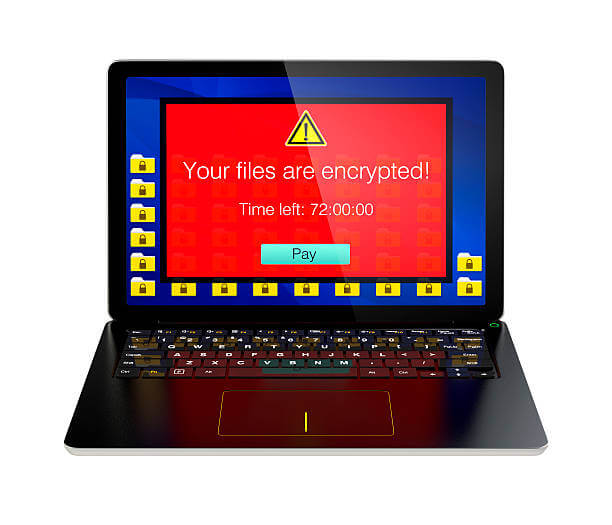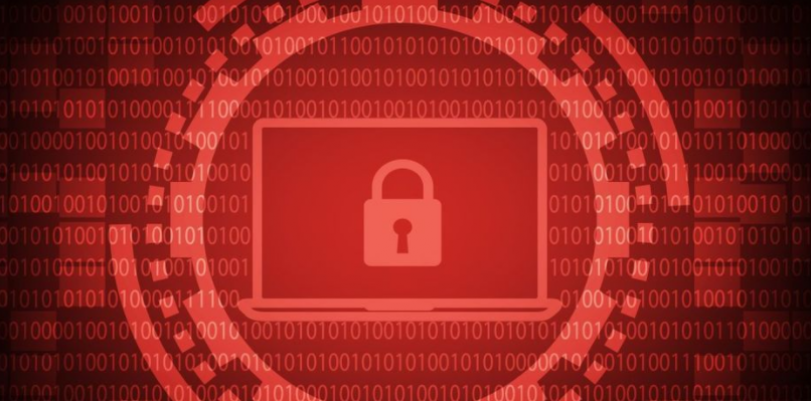As the years’ past, technology advances. We’re all familiar with this, and every time that some new tech comes out, we all get excited and wish to try it out. On the other hand, we also choose to remember that the online risks and threats are getting developed as well. These problems are rising in number and power just like the rest of the things that we’re getting so excited about. And of course, the awareness of these problems is rising as well. Many people have expressed concern when it comes to their PC, no matter how much they use it, or what infrastructure they have.
The number of people that are aware of the problems and dangers that are lurking online is much greater now when compared to the last decade, which is a good thing. Especially since things like viruses and Trojans are a thing of the past and much bigger threats can now be spotted.
One of those threats that have only come into focus recently is ransomware. This is a relatively new type of malware, and it’s spreading fast. We have had the chance to witness its potential very recently, in the form of WannaCry, and WanaCrypt0r 2.0 attacks only a couple of weeks ago. The results were devastating for the companies and institutions around the globe, and over a hundred countries have had their share of the problems due to this attacks.
These aren’t isolated incidents either, and it’s expected that such attacks might get even more common, especially in the PC world. This is why you need to protect yourself.
What makes ransomware different?
Ransomware is a form of malware, as we’ve already mentioned. However, it’s different than most of the regular malware, because its goals aren’t related to corrupting operational systems or causing software errors. It doesn’t even invite other malware on your computer. Ransomware’s strategy is different, and it uses its abilities to block access to everything on your computer. This includes web access, other software, and even your OS itself. And the access won’t be allowed until you pay for it.
Ransomware isn’t strictly reserved for attacks on corporations, and it can attack regular users as well. However, the goal of the attack is to get payment for keeping the files blocked, and companies have both deeper pockets, as well as more important files than most of the regular users. This makes them primary targets for the ransom attacks.
The biggest attack by ransomware was a WannaCry attack that only occurred a couple of weeks ago, and among its first targets was National Health Service from the UK. They got infected because of the outdated operating system (Windows XP), and it was easy for the perpetrators to infiltrate and infect their devices. This leads us to the conclusion that one of the best ways of protection is to have your software regularly updated and to always use the valid versions. Let’s now explore other measures that you can take in order to secure your data.
How to protect yourself from ransomware?
Your data is important to you, and we know that you don’t want it compromised, nor locked away. If you want to keep it truly safe, you’ll have to take some measures, and now we’re going to see what you can do.
- Backup your data – this is the best defense from ransomware, and you should do this on a weekly, or even daily basis if possible. If you have your data backed up, it’s much easier to get rid of ransomware.
- Keep you OS updated – we’ve already mentioned this, but a reminder won’t hurt – always keep up with the updates, since new patches are being made almost every day.
- Make sure that you’re using antimalware programs, and also update them on regular basis as well. Newly updated anti-virus software can often be enough to fight off the young ransomware.
- Be mindful of how you use your devices, as well as what you do online. This is especially important since many of the malware can be sent to you directly by the hacker that’s using it. They might attempt to sneak it onto your device by sending an email with an attachment, or via social media videos, images, other documents and alike. Always remember to scan first, and open later.
- Get a ransomware blocker – you and use Malwarebytes Anti-Ransomware, as well as Cybereason Ransomfree for this.
- Just in case, you should block TCP Port 445. And if you’re using Windows 7 or any older version of Windows, also block ports 135, 139. 138, as well as 445.
- Get a VPN – VPNs are very useful when it comes to malware and ransomware protection, and they will do a good job as long as you’re regularly paying for your monthly/yearly subscription. We recommend TorGuard, GhostVPN, PIA, or IPVanish.
 |
 |
|
|---|---|---|
| Multi-platform Compatible | ||
| 256-AES Encryption | ||
| PRICE | $5 for 1 month with code "best10VPN" | $6.95 a month |
| Website Rating | 9.9 | 8.8 |
| 24/7 Live Chat | ||
| Residential / Dedicated IP for permanent streaming access | ||
| Has Mobile App + PC / Mac Support | ||
| Stealth VPN / Advanced Obfuscation techniques | ||
| Visit VPN Provider | Visit TorGuard | Visit PIA |
Why is VPN the best option to protect against ransomware?

VPNs themselves won’t be enough to protect you from malware attacks, including the ransomware. However, if you take all the steps that we’ve suggested, and use a VPN on top of that, your defenses would be extra boosted, and not much would be able to pass through unless you invite it in via infected document.
The VPNs bring many benefits and using them is extremely worth it. They can hide your IP address and let you use the internet anonymously. Not only is this good for your anonymity, but it also prevents malware makers from targeting you specifically. Also, VPNs will encrypt your data, so that nobody would be able to track your online activities. That would make you both, anonymous and protected as well. And also, the most reliable VPNs, like the ones we’ve mentioned, have a huge database in which they have a list of all the malicious websites that should be avoided. With this info, they can prevent you from accessing such sites, and you can avoid getting the malware infection in the first place.
So basically, VPN is a very useful addition to your already well-covered system. However, not any of them will do, since they all offer different sort of deal. You can choose one by exploring on your own, or you can try out one of those that we’ve recommended. Once again, those are IPVanish, PIA, TorGuard, and GhostVPN. Just don’t use the free ones, since their protection is extremely faulty, and also, they might end up selling your info so that they could earn the money that they need to sustain themselves.
Blocking Port 445 with your Firewall:
Closing the Port 445 is one of the more important things, and you can do it relatively easily. Simply follow these instructions:
- Go to your Control Panel
- Go to Windows Firewall, and enter its Advanced Settings
- Select Inbound Rule, and then click New Rule
- Select Choose Port, click Next, and then on Specific Local Ports
- Type the port numbers that you wish to close (135/137/138/139/445)
- Click Next once again
- Click on Block All Connections
- At this point, check the three boxes, and then click Next once more
- Type Close The Port inside the Name box, and finally, click Finish
Conclusion
Ransomware isn’t exactly the new thing, but its time has now come, and we simply have to deal with it. If you’re lucky and careful, you might never even get in contact with one. However, since it’s always better to be safe than to end up being sorry, you should take the suggested measures, and protect your system as best as you can. That’s the purpose of this guide, and hopefully, it can be useful to you.
